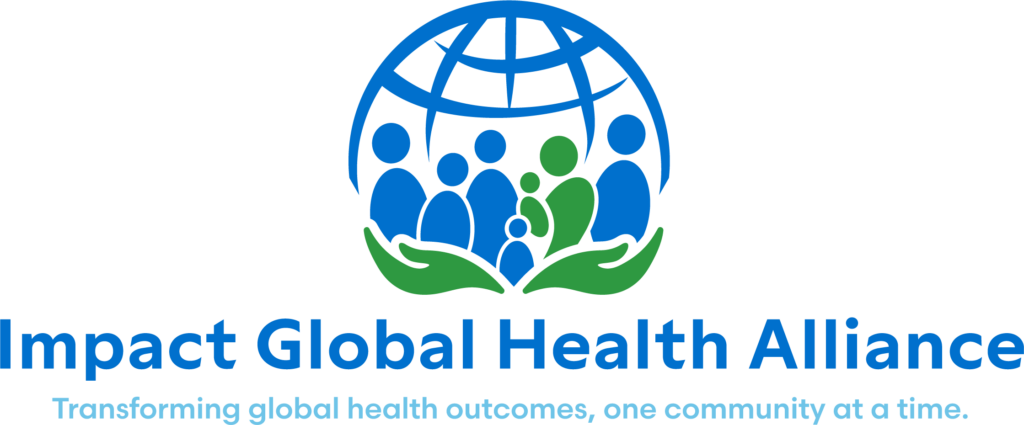This is the final post of a three-part special story from Ira Stollak, KPC Consultant in Guatemala. A sort of "day in the life" in the highlands of rural Guatemala. Read part two then continue reading below.
Alma consulted with the family, instructing them how to care for the girl en route, counseling them to ignore the verbal abuse they would likely suffer from the Ladino (mestizo) hospital staff (Mayans are often treated poorly), then filled out a referral form and replaced the IV bag with a fresh bag of saline solution. With Marta carefully holding aloft the bag of saline, the uncles, young men in their twenties, gently carried her into the back seat of the pick-up, whose bed rapidly filled with grandparents, cousins, brothers, and aunts. The uncles sat up front and the pick-up took off with a puff of oily blue smoke. Hopefully the tired oil-burning engine would not give out en route.

By then it was 3:30pm. The chicken soup was past done, and we sat down to eat as the adrenalin subsided in our bloodstream. It was a chilly overcast day, and we hung around the kitchen fire. Soon it was 5pm and Don Miguel arrived again, and again massaged, pressed, stroked, prayed, and “spat” on my wrist, which had already begun to feel much better. Soon after Don Miguel left, Mario arrived (Dr. Valdez, the leader of Impact Global Health Alliance Guatemala) with the first batch of questionnaires from the distant municipality of Santa Eulalia, which sprawls over an enormous expanse of mountains, with ridges topped by almost inaccessible villages, six or seven hours from the nearest hospital. Though some there have cars and motorcycles, most speak no Spanish and live the ancient life scarcely changed since they fled here 500 years ago to escape the Spaniards who tried to enslave them.
Over a dinner of carrot salad, beets, and the always-present corn tortillas, Mario and I discussed the challenge the terrain here poses to providing health care, especially to pregnant women. We both feared that the current trend to fund urban health projects in the slums of such places as Nairobi, Soweto, and Delhi, where huge populations can be reached very cost-effectively, would leave these rural folk forever marginalized.
Meanwhile, someone had prepared the chuj, the traditional Mayan sweat lodge, a stone structure with a small blanket-covered entrance, containing a stone fireplace topped by a grating holding large volcanic rocks, and a bench large enough to sit three Mayans (or two gringos). I climbed in and after twenty minutes of hot sweaty bliss, I crawled out and retired to my sleeping bag-and-blanket cocoon, snug and warm against the icy night mountain air. Another day in another world, in the clouds.
A special thank you to Ira Stollak for sharing this story.




